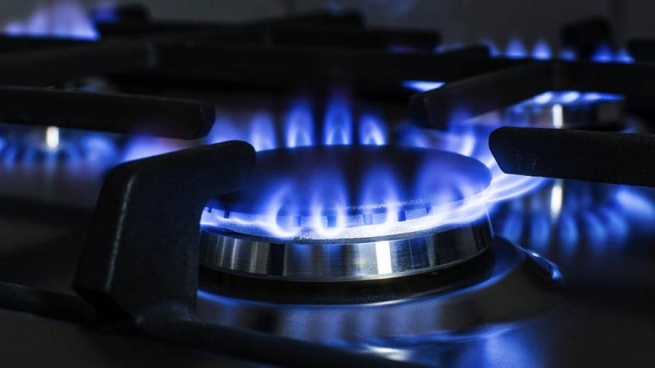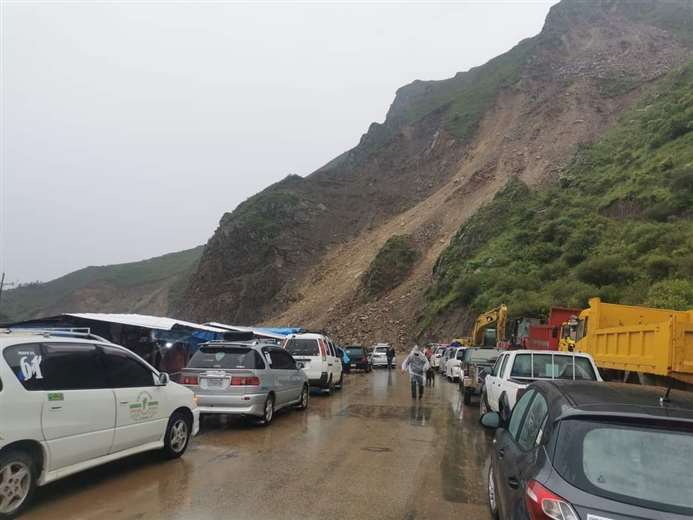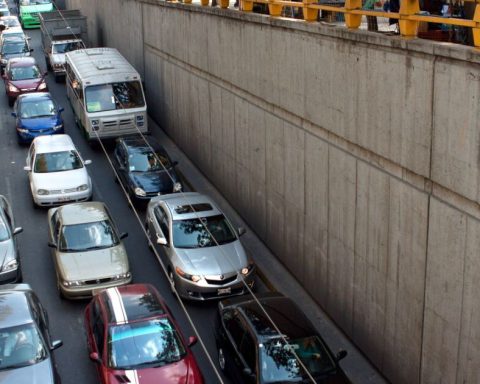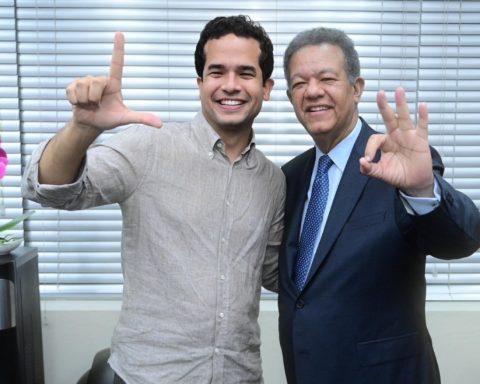The National State would need an additional budget item of $ 81 billion by 2022, if the current gas subsidy scheme is sustained, which covers 70.9% of the total cost of priority demand, the Undersecretary of Hydrocarbons of the Energy Secretariat, Maggie Videla, estimated this Monday at a Public Hearing.
According to estimates by the undersecretary, this 70.9% will represent this year a total amount of $216,365 million, as detailed in the Hearing that was held today online for more than four and a half hours with the participation of 24 exhibitors.
Given that the Budget project, which was not approved, allocated an item of $135 billion, an additional expenditure of $81,000 million would be needed to reach $216,365 million. That is the calculation presented today by the official of the energy portfolio at the opening of the day.
However, if the State covered 44.4% instead of 70.9%, no additional games would be necessary, according to the different scenarios presented at the hearing.
The definition that is taken after the hearing convened by the Ministry of Energy will have an impact on the final price to be paid by users.
The purpose of the Government, expressed since the middle of last year, is to approve segmented increases according to the purchasing power of the users and that have an impact on the rate of the lower final consumer to the expected inflation of 33% for all of 2022, according to the Budget project that was not approved by the opposition in Congress.
“The tariff that we are going to consider will always be the most appropriate for the users of the service”, Videla pointed out in his speech.
Furthermore, he emphasized: “Today we have very important challenges in terms of gas, mainly in terms of infrastructure, so that it finally reaches all the inhabitants of the country.”
The presentation of the Hydrocarbons Secretariat noted that “the price of national gas charged by the producers was established with the allocation of volumes and prices offered freely by the respective companies that voluntarily participated in the certification of Round I of the Gas.Ar Plan. ”.
The public hearing was held virtually and included the participation of legislators, consumer associations, value chain companies, and interested individuals.
Among the claims of the participants, the request for information on the real cost of gas production stood out, for which the companies charge an average of US$ 3.53 per million BTU (unit of measurement, equivalent to 28, 5 million cubic meters).
About, the deputy from Mendoza José Luis Ramón called to “rethink the privatization process of 30 years ago”, and the head of the Study Center for the Promotion of Equality and Solidarity (Cepis), Paula Soldi, characterized the companies in the sector as “four alive”.
For his part, the head of the Defense of Users and Consumers (Deuco), Pedro Bussetti, He argued that the gas rate cannot be analyzed without taking into account the spending of families on all public services.
In another order, the head of the Department of Energy of the Argentine Industrial Union (UIA), Alberto Calsiano, objected to the different treatment in the subsidies for that sector and for residential users, which in his opinion implied that, while the industry’s gas consumption remained stable in recent years, that of households increased by more than 40%.
the discussion
The call is the second after the one made on January 19 by the National Gas Regulatory Entity (Enargas), in which the proposals for the increase of transporters and distributors were announced.
Both virtual meetings will be taken into account when setting the new rate values, for whose determination four factors must be considered: the price of gas at the wellhead or Point of Entry to the Transportation System (PIST), the price of transportation, the distribution and, finally, the tax burden consisting of national and provincial taxes and municipal fees and contributions.
Videla specified that the tax cost represents 24% of the final rate, while the average cost of gas represents 60%.
The gas rate paid by the end user had an update of 6% in 2020, but the purpose of achieving the greatest coverage of extraction, transportation and distribution costs is directly related to the level of economic subsidies and their impact on the fiscal result.
In this regard, a report by the Argentine Association of Budget and Public Financial Administration (ASAP) indicated that in 2021 subsidies allocated to the energy sector (gas and electricity added together) amounted to $1,046 billion, equivalent to two thirds of the total and about 80 % of all primary deficit.
In the Budget project, spending on energy subsidies for 2022 of $873,397 million was estimated.
On the other hand, the deputy managing director of the International Monetary Fund (IMF), Gita Gopinath, recently highlighted on her Twitter account that the agency and the Argentine government agreed “that a strategy to reduce energy subsidies will be important. progressive way”.

















